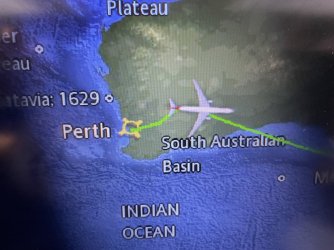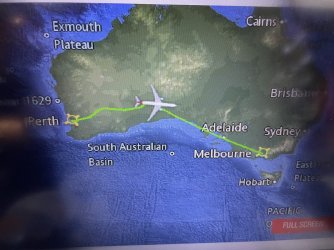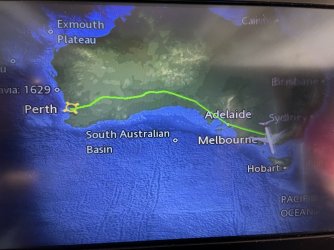- Joined
- Nov 12, 2012
- Posts
- 31,153
- Qantas
- Platinum
- Virgin
- Platinum
- Star Alliance
- Gold
In an ensuing investigation, is it likely that that may result in a negative assessment of the flight deck's performance either by the airline (VA or QF) or regulator, (because issued Mayday apparently without a real need to do so), or would it be seen as a case of "Pilots in the air did what they thought best at the time, don't want to discourage that in the future, so no finding on this aspect") ?
Very much the opposite. We'd rather pilots over-declare their emergencies.
As answered by the pilot, affirmative to the second option I mentioned. BTW, who are 'we' ( generalised). Very much appreciate input by technical or professionals in the field.
Local standbys almost always end well. Still, ARFF will usually roll out, and the other components often roll out too in order to practice their procedures as if it were a full emergency.
Which I think was just what HVR was suggesting.
Last edited:


















